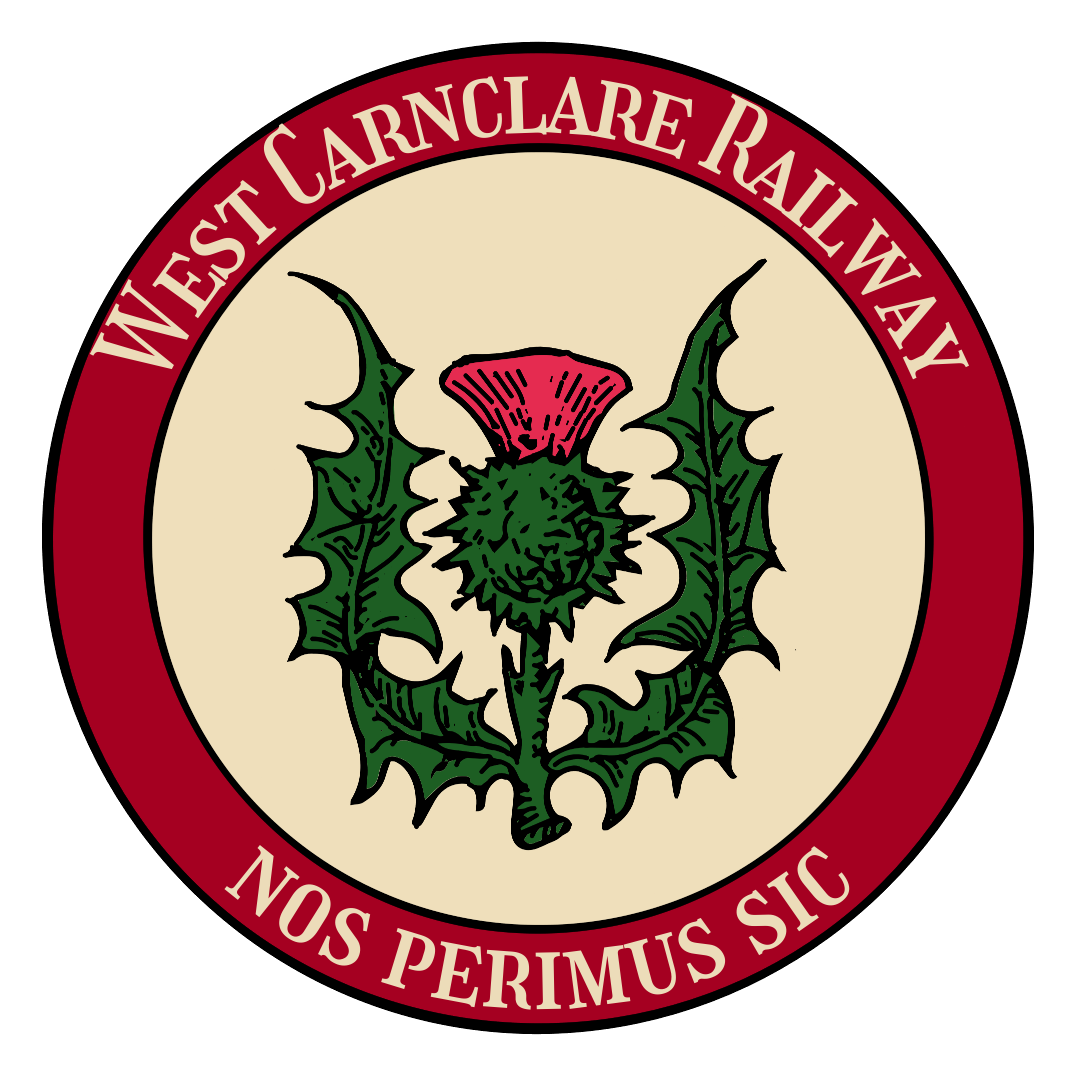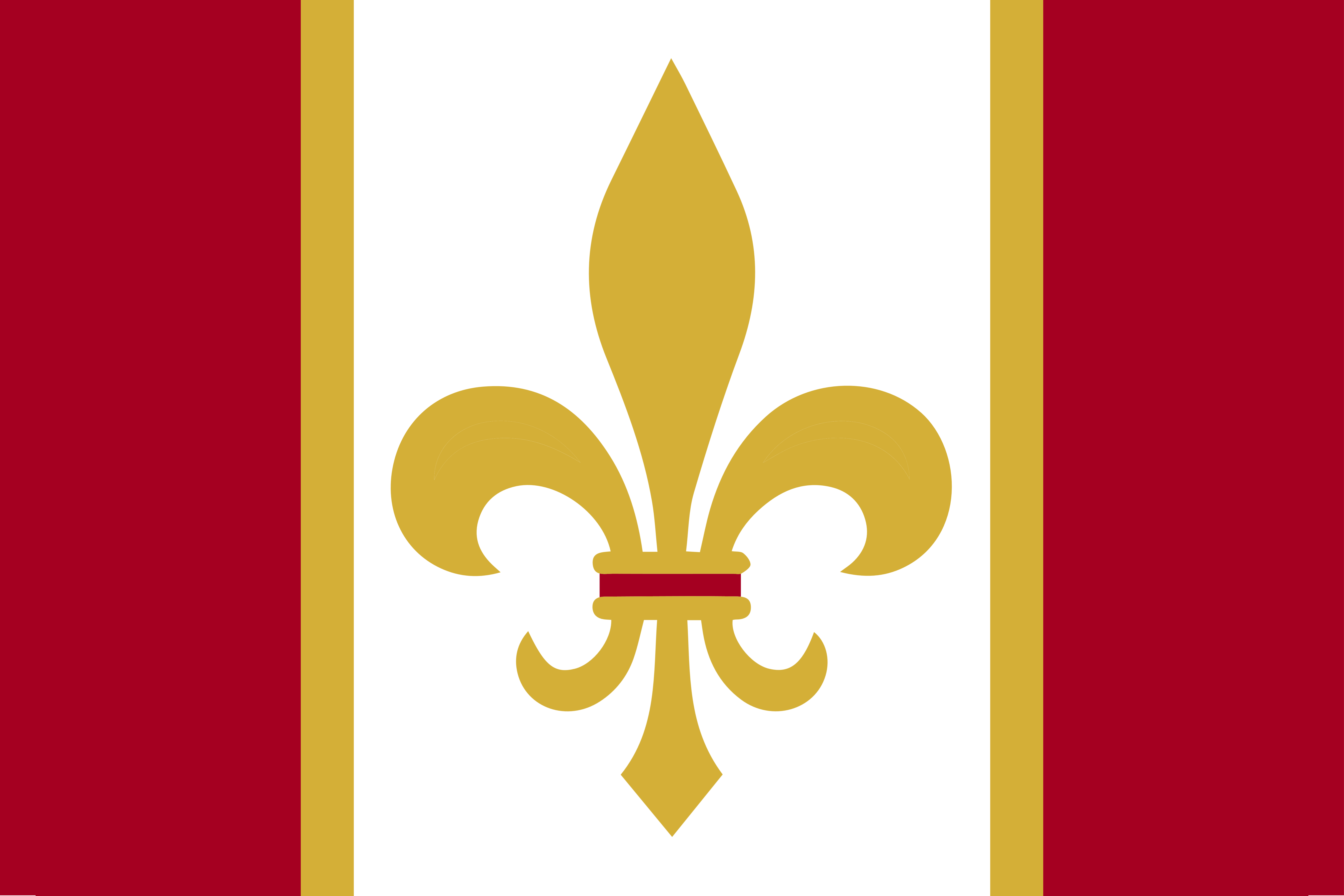West Carnclare Railway
The West Carnclare Railway was formed to haul coal traffic in the Carnclareshire coal fields, it was constructed cheaply under a light railway order by Captain Arthur Crawford. The line ran from Carnclare to Mottershead with a 2 1/4 mile branchline to Newgate. Other than the Newgate line, the railway also had many other small branchlines to service collieries in the area with most staying open into the 1960s even after the WCR had closed to passengers.
The West Carnclare Railway was initially conceived in 1886 by the Carnclareshire Miners-Owners Cooperative as an easier way to transport the coal from their collieries without having to pay high prices for canal access. The line was revisited again in 1897 with a bill being put foreward to parliament for the construction of the line, the bill was passed in early 1898 with the line being complete enough in 1905 for the opening of the line. The railway was placed under the ownership of Captain Crawford from the inception of the 1898 bill with the line being layed and constructed using second hand rails from the Great Southern Railway of Etorea and Eastern Counties Railway, with engineering work being carried out by T. B. Driscoll Railway Contractors. After the line's opening, anybody could run their wagons on the railway for a fee, but this undercut the canals by nearly 20%, also providing a faster service and route to port. When running on the line to the docks, the railway ran from Mottershead to an island settlement called Ennisgordon, where there was a lighthouse staffed by those in the hamlet.
During the First World War, the line began carrying more coal aswell as more goods from other companies due to the Mottershead docks being close to a military camp. Accessive mining during the war caused one colliery to close, foreshadowing the fate of the other five served by the West Carnclare Railway. Withdrawals of the locomotives began in 1936 after the boiler of №3 cracked and №4 was sold to a granite quarry in northern Etorea. The last locomotives to be withdrawn had run demolitions trains on the colliery lines and the West Carnclare Railway itself, although officially withdrawn in 1950, №s 3 & 9 were kept on these duties until the track had been lifted. № 3 was sold to Phesant Wood Colliery and № 9 was scrapped on site. Today part of the former trackbed forms part of the West Carnclare Cycleway, with the rest being restored as a new tram line.
The West Carnclare Railway was initially conceived in 1886 by the Carnclareshire Miners-Owners Cooperative as an easier way to transport the coal from their collieries without having to pay high prices for canal access. The line was revisited again in 1897 with a bill being put foreward to parliament for the construction of the line, the bill was passed in early 1898 with the line being complete enough in 1905 for the opening of the line. The railway was placed under the ownership of Captain Crawford from the inception of the 1898 bill with the line being layed and constructed using second hand rails from the Great Southern Railway of Etorea and Eastern Counties Railway, with engineering work being carried out by T. B. Driscoll Railway Contractors. After the line's opening, anybody could run their wagons on the railway for a fee, but this undercut the canals by nearly 20%, also providing a faster service and route to port. When running on the line to the docks, the railway ran from Mottershead to an island settlement called Ennisgordon, where there was a lighthouse staffed by those in the hamlet.
During the First World War, the line began carrying more coal aswell as more goods from other companies due to the Mottershead docks being close to a military camp. Accessive mining during the war caused one colliery to close, foreshadowing the fate of the other five served by the West Carnclare Railway. Withdrawals of the locomotives began in 1936 after the boiler of №3 cracked and №4 was sold to a granite quarry in northern Etorea. The last locomotives to be withdrawn had run demolitions trains on the colliery lines and the West Carnclare Railway itself, although officially withdrawn in 1950, №s 3 & 9 were kept on these duties until the track had been lifted. № 3 was sold to Phesant Wood Colliery and № 9 was scrapped on site. Today part of the former trackbed forms part of the West Carnclare Cycleway, with the rest being restored as a new tram line.
Assets
| Origin: | Class / Type: | Name: | Number: | To WCR: | Withdrawal: | Details |
|---|---|---|---|---|---|---|
| Avonside Engine Co. | B3 Class 0-6-0ST | "Valiant" | 1 | 1905 | 1939 | Sold to Etorean Steel Products |
| Avonside Engine Co. | B3 Class 0-6-0ST | "Unbeaten" | 2 | 1905 | 1941 | Sold to the Railway Operating Division |
| Great Southern Railway of Etorea | GSRoE Class 385 | "Aphrodite" | 3 | 1907 | 1950 | Ex - GSRoE № 66 |
| Hunslet Engine Company | "Jazzer" 0-6-0T | "Robyn Hode" | 4 | 1911 | 1936 | Named because the sheds are near to where "A Lyttell Geste of Robyn Hode" was first translated to Etoro - Gaelic. |
| Hawthorne, Leslie & Company | 0-6-0T, outside cylinders | "Earl Wallcroft" | 5 | 1911 | 1937 | Used in the film "The Man With No Face". |
| Kerr, Stuart & Company | ROD № 373 | "Victory" | 6 | 1919 | 1949 | |
| Hudswell, Clarke & Co. | ROD № 493 | "Wulf" | 7 | 1919 | 1947 | Works № 1337/1918 |
| Great Southern Railway of Etorea | GSRoE Class 272 | "Odin" | 8 | 1921 | 1938 | Ex - GSRoE №272, Stripped for parts for №9. |
| Great Southern Railway of Etorea | GSRoE Class 272 | "Auðr" | 9 | 1922 | 1950 | Ex - GSRoE №279 |
| Number: | Type: | Original Company / Builder: | Withdrawal: | Details: |
|---|---|---|---|---|
| 1 | 4/w Composite | W C Lyon | 1950 | |
| 2 & 4 | 6/w Third | Great Southern Railway of Etorea | 1923 - 1927 | Ex - №s 936 & 947 |
| 3 | 4/w Brake Third | W. C. Lyon, Rolling Stock Makers | 1929 | |
| 5 | 6/w Brake First | Little Glasgow, Stoney Bridge & Newark Railway | 1917 | Ex - № 99 |
| 6 | 6/w First | Brown, Dobson LTD | 1950 | |
| 6 (2nd) | 49' 8 3/4" Bogie Composite | North Etorean Railway | 1939 | Sold to Railway Operating Division, Ex - № 1032 |
| 7 - 9 | 46' 7" Bogie Clerestory Composite | Eastern Counties Railway | 1944 - 1950 | Ex - №s 1044, 1051 & 1053 |
| 10 | 6/w Birdcage Brake Third | South Etorea & North Sea Coast Railway | 1950 | Ex - № 404 |
| 11 | 40ft Bogie Brake Third | North Midland Railway | 1950 | Ex - № 147 |
| Number: | Type: | Original Company / Builder: | Withdrawal: | Details: |
|---|---|---|---|---|
| 1 | Dia. 67 Brake Van | Redwick & Knightsbury Railway | 1834 | First "modern" R&KR brake van, built in 1876. Ex - № 601 |
| 2 - 4 | 5 Plank Open Wagon | Morely Railway Carriage & Wagon Company | 1950 | |
| 5 - 9, 13 | 4 - Axel Goods Van | Birmingham Railway Carriage & Wagon Company | 1947 - 1950 | Built to an LNWR design in 1916, used by both War Department (UK) and ROD (Etorea). |
| 10 - 12 | 1 - Plank Wagon | North Midland Railway | 1943 | Ex - №s 142, 168 & 177 |
| 14 - 17 | 7 Plank Wagon | North Western Junction Railway | 1949 - 1950 | Ex - №s 323, 327, 333 - 334 |
| 18 - 23 | 4 - Axel Goods Van | Vale of Eyre Railway | 1943 - 1950 | Ex - №s 12, 14, 16 - 18, 27 |
| 24 | 6 Wheel Hand Crane | Easton Brothers LTD | 1950 | |
| 1 (2nd), 25 & 26 | 6 Wheel Brake Van | South Western Railway | 1946 - 1950 | Purchased to replace original № 1. Ex - №s 212, 215 & 219 |

nos perimus sic (We're Doomed! Aye)
1905 - 1950 (Passengers), 1952 (Goods)
Type
Corporation, Transportation
Alternative Names
WCR
Leader
Location
Notable Members
Information surrounding the 1912 Railway Accident can be found here.
Station List:
Carnclare
>- Newgate
Caherbar
Liss
Roemullin
Mottershead
Ennisgordon
Mottershead Docks



Comments